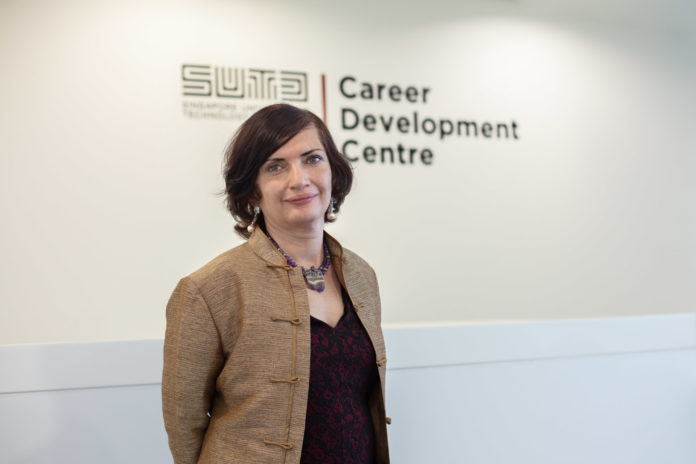Having more mentors and networks can help address gender inequality in engineering, says Assistant Professor Nilanjan Ragunath.
A global push for diversity in the field of engineering has seen an increase in the number of women and girls pursuing the subject in colleges and then as a career. Despite that, there is still a long way to go in terms of achieving true gender equality in engineering in Asia. In a report released by UNESCO in 2021, women make up only 28 percent of engineering graduates in Singapore. Less than 20 percent of the current engineering and architecture students in Singaporean universities are female, despite the equal gender ratio of male and female students. The figures are much worse in other Asian countries. Globally, only 2.7 percent of manufacturing companies are led by women.
There is now increased research on identifying barriers to resolve this inequality. A recent report published by The Asia Foundation has identified that culture, gender bias, and a lack of female role models decreases the likelihood of women and girls in staying in Science Technology Engineering and Mathematics (STEM). This untapped demographic could provide additional benefits to engineering, from product design to process development.
How do we address this issue? In this Q&A, Dr Nilanjan Ragunath, Assistant Professor of Sociology at Singapore University of Technology and Design, shares how culture influences inclusivity, and the role of mentors and networks in creating a more inclusive space for women and the benefits of that in spurring innovation in engineering.
How much does culture affect gender inclusivity in engineering?
The way a culture presents and perpetuates itself can affect inclusivity. When we look at culture, we don’t just look at the internal culture present in engineering as a STEM subject. We must also look at the culture at the societal level – the social expectations and stereotypes that are upheld by parents, teachers, and peers.
Some parents might discourage their daughters from pursuing mechanical engineering because it’s perceived as being physically demanding and rough. They may instead tell their daughters to pursue a more desk-based profession. This stereotyping continues among their teachers and peers at university and at work, where women would be given less hands-on work while the men are given more decision-making roles.
In SUTD we have a good gender balance in our cohorts, and we highly encourage open engagements and discussions between genders. But there are still places that continue to uphold a very exclusionary culture, which can make women feel uncomfortable because they feel there is no space for them.
Would having more female mentors in the field address this issue?
Having more women as mentors would help, but there can’t just be a single female mentor in the field. It’s more important to have a network of female mentors rather than just one. Or even a network of mentors who are gender sensitive.
Having a diverse network of mentors can help retain more women in the field as there will be more people who can advise and coach them to stay. These networks can also become a safe space for women to comfortably express their struggles or share their success stories and experiences.
It can be difficult to establish these networks in large institutions. And, internal networks are not the only answer. External community or mentorship networks can broaden access to other female mentors who have succeeded at the industry and institutional level.
Does increased inclusivity advance innovation in engineering?
Definitely. Having multiple perspectives can bring in a different kind of understanding about consumer trends and likes, and help improve multiple aspects of research and development of a product. Having different viewpoints when designing a product, for example, can bring in a new twist or aspect that might not have been at the forefront during the designing process. Things like product accessibility and customer insight that women are more familiar with can greatly benefit the final outcome.
Is engineering now becoming more inclusive in Asia?
Overall, I would say that we are heading in the right direction. In Singapore, we see more engagement from women and girls to pursue engineering degrees. And at SUTD, we pride ourselves for having a high ratio of women to men in our student population.
However, we do need to understand that the level of inclusivity does vary across Asia. We still have a long way to go in ensuring women and girls don’t just get into the field in large numbers, but continue to stay, and reach higher positions.






























